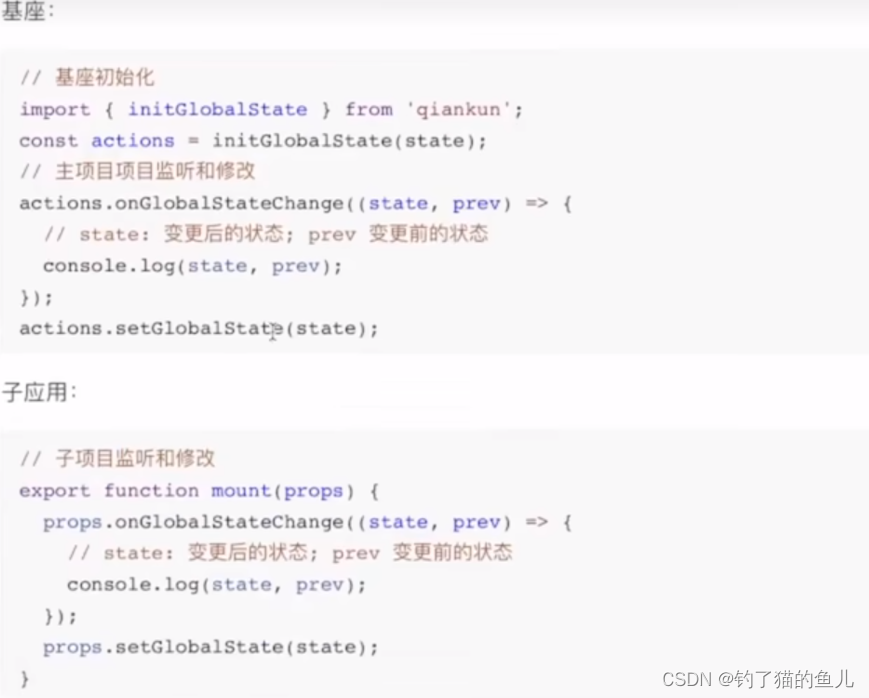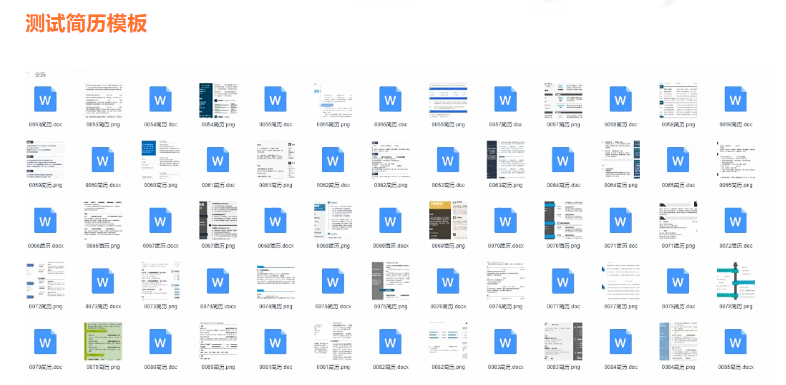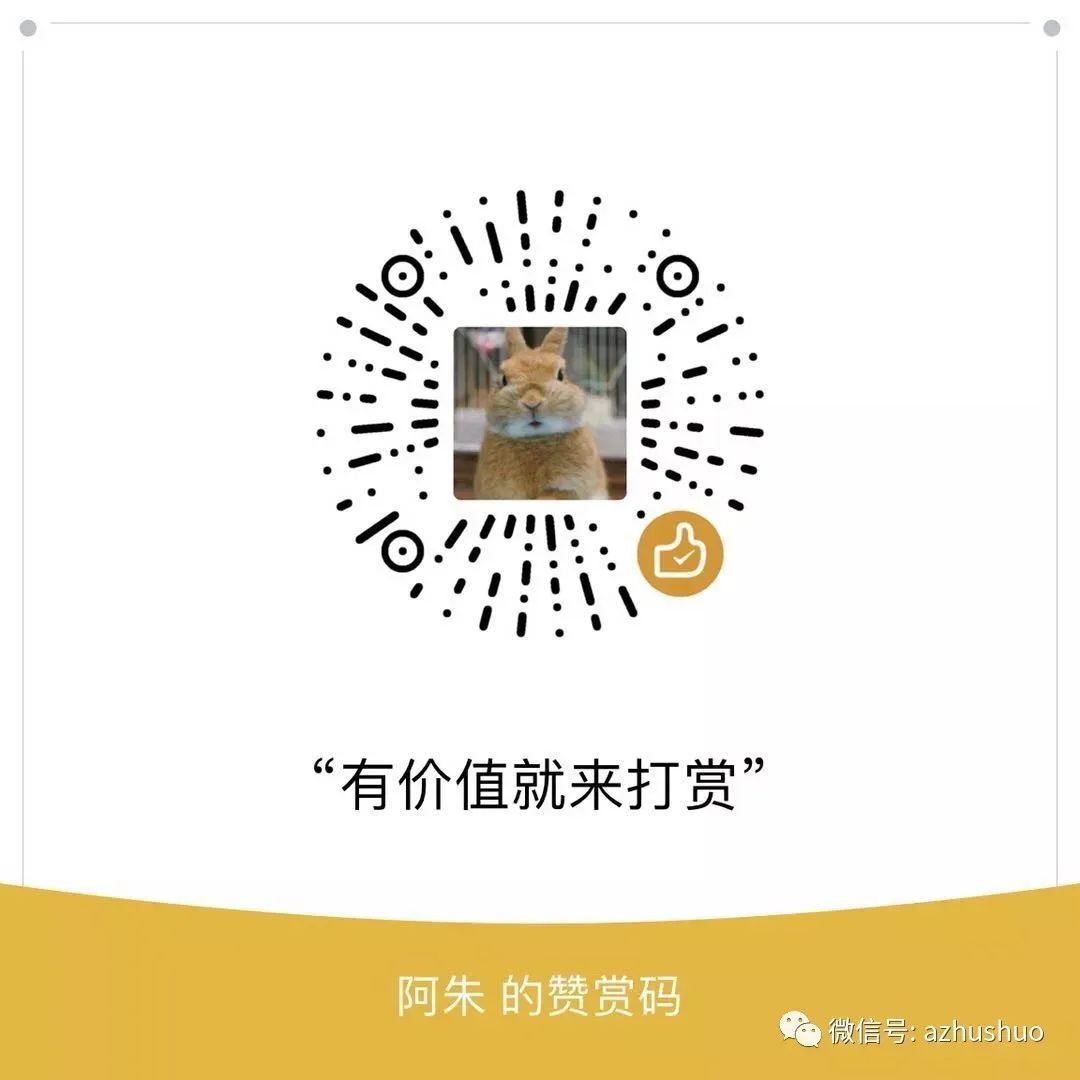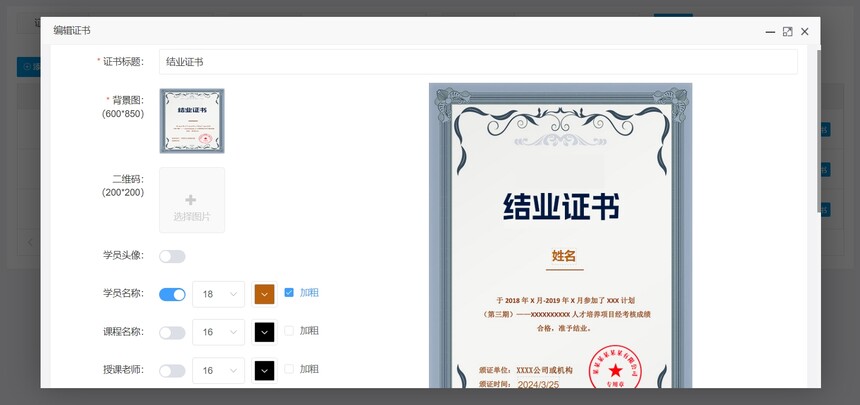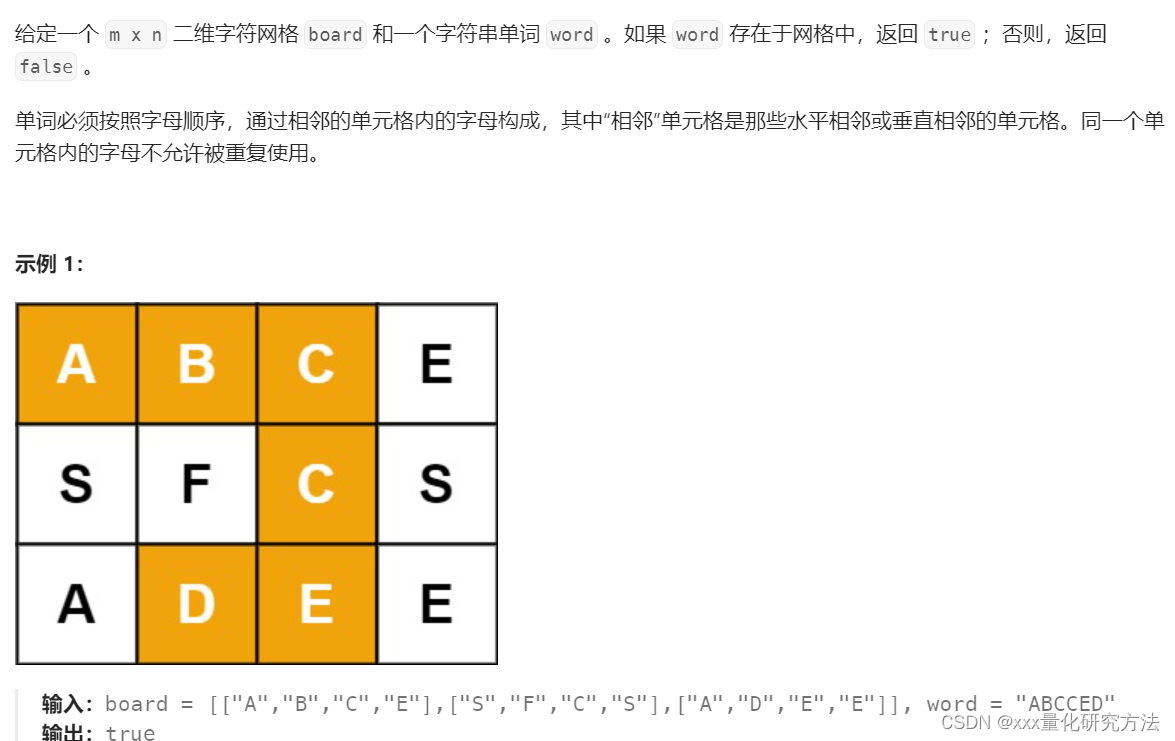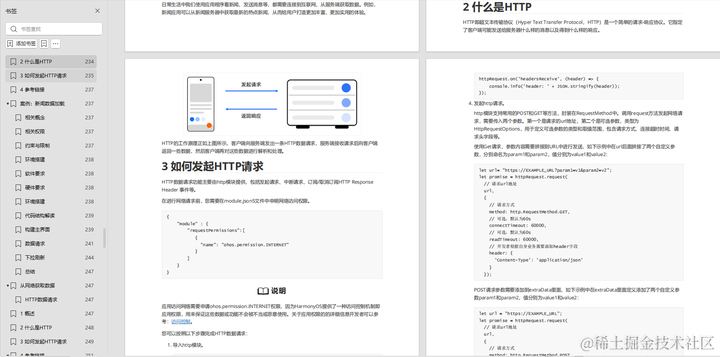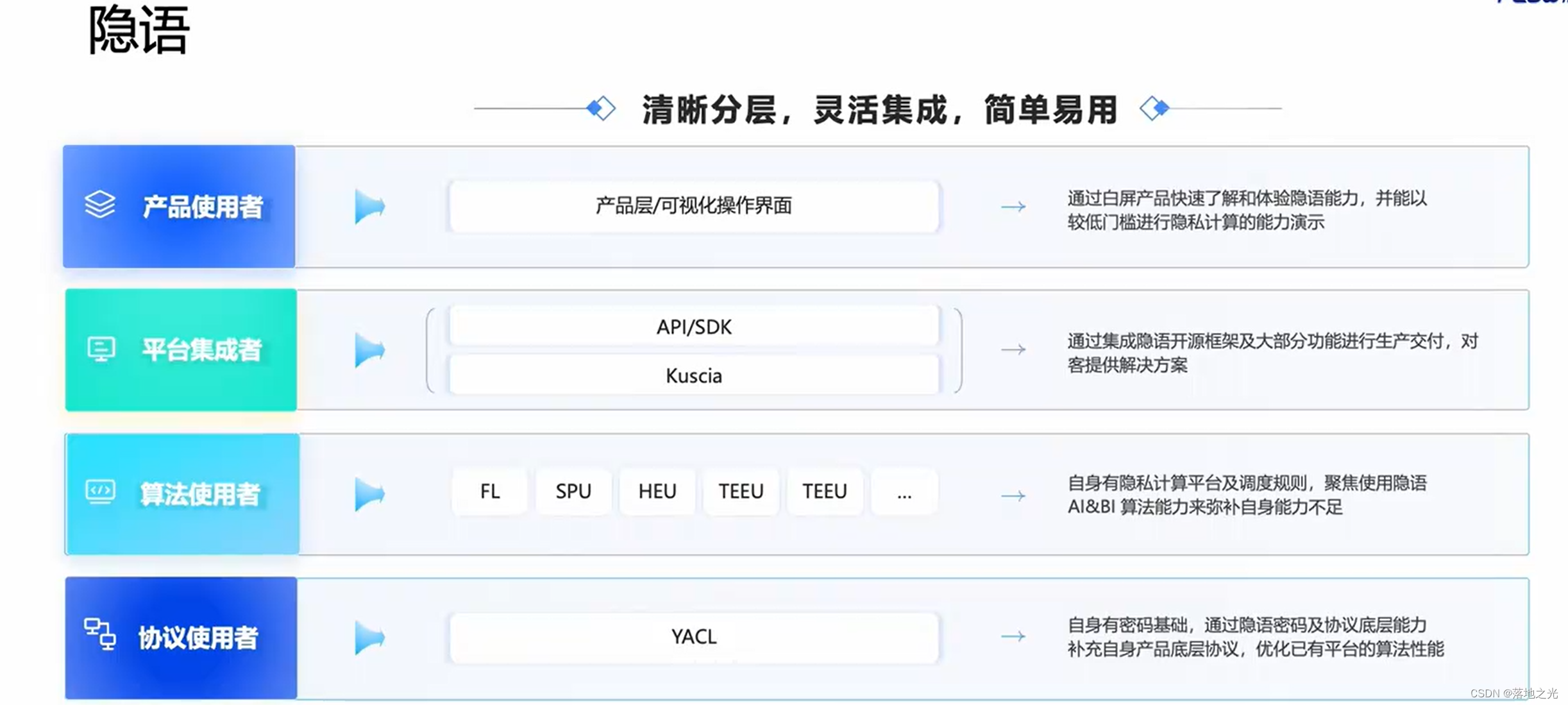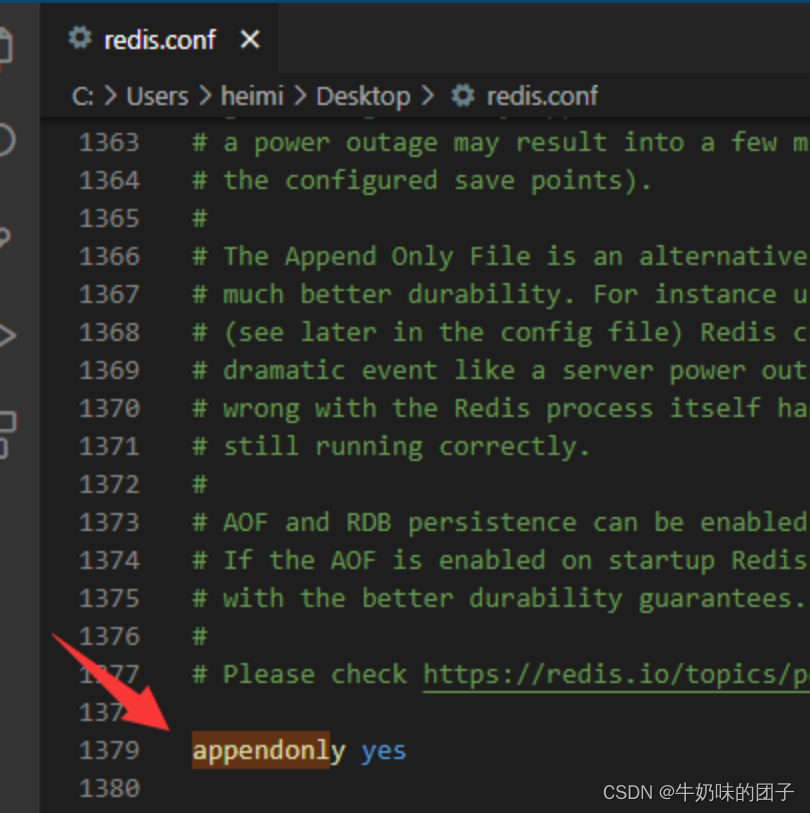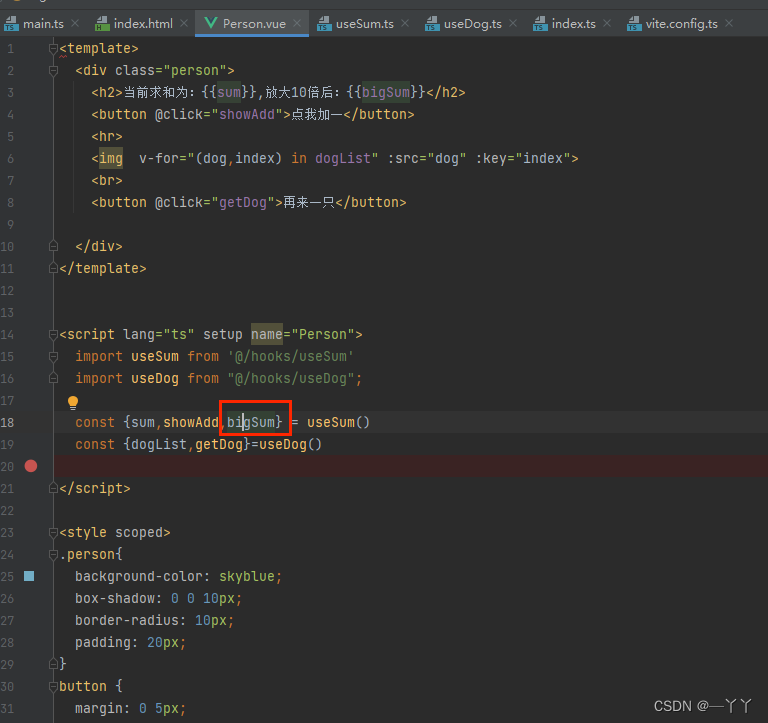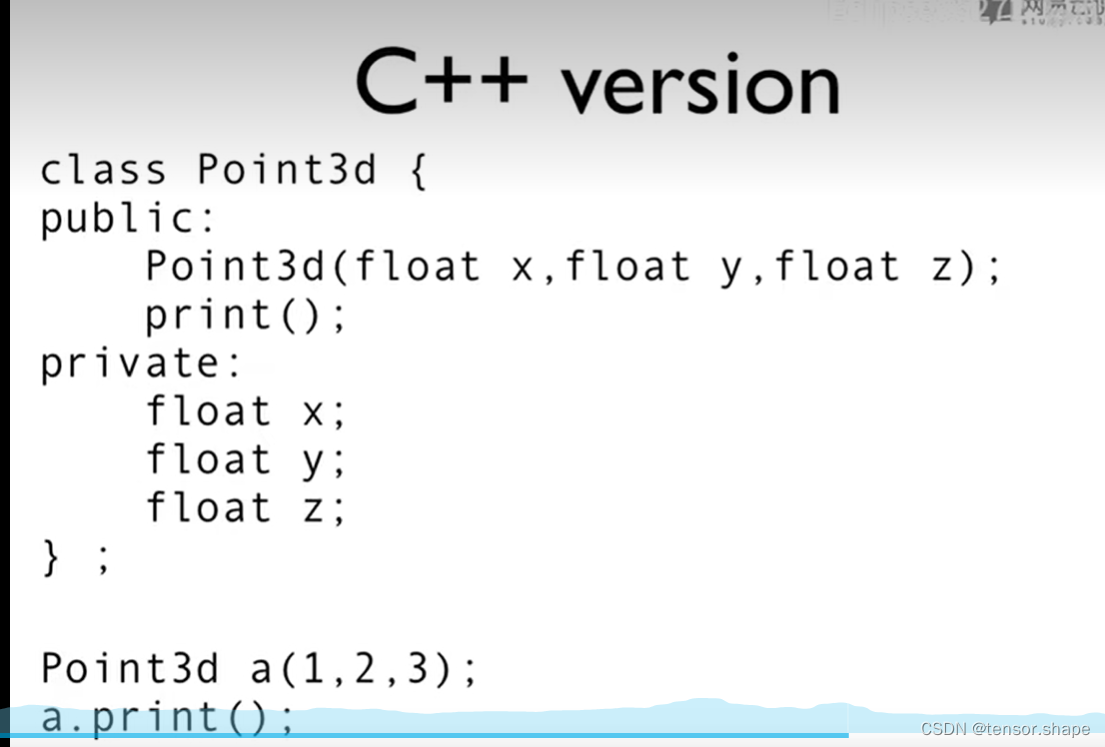一、微前端
微前端是指存在于浏览器中的微服务,其借鉴了后端微服务的架构理念,将微服务的概念扩展到前端。即将一个大型的前端应用拆分为成多个模块,每个微前端模块可以有不同的团队开发并进行管理,且可以自主选择框架,以及有自己的仓库,可以独立部署上线。
(1)未使用微服务之前的项目架构
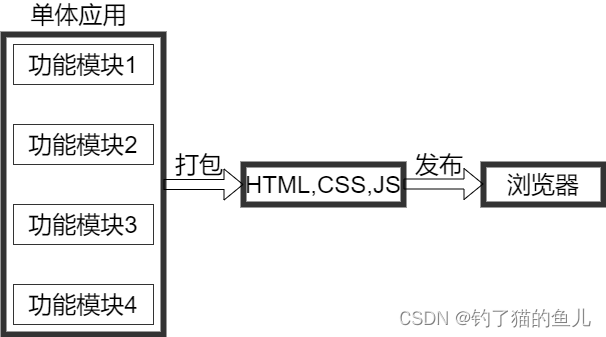
(2)使用微服务之前的项目架构
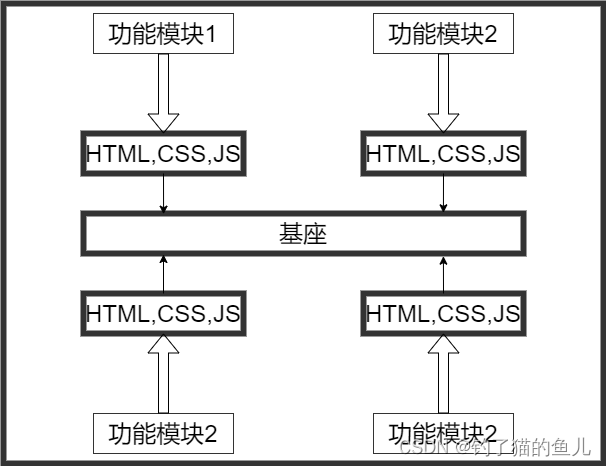
二、微前端的优点
团队自治
在公司里面,一般团队都是按照业务划分的,在没有微前端的时候,如果几个团队维护一个项目肯定会遇到一些冲突,比如合并代码的冲突,上线时间的冲突等。应用了微前端之后,就可以将项目根据业务模块拆分成几个小的模块,每个模块都有不同的团队去维护,单独开发,单独部署上线,这样团队可以实现自治,减少甚至不会出现和其他团队冲突的情况。
兼容老项目
如果公司中存在古老的或者其他巨石项目,但是又不想用旧的技术栈去为维护,选择使用微服务的方式去拆分项目是一个很好的选择。
跨技术栈
如果我们的微前端系统重需要新增一个业务模块时,只需要单独的新建一个项目,至于项目采用技术栈,完全可以有团队自己去定义,即使和其他模块用不同的技术栈也不会有任务问题。
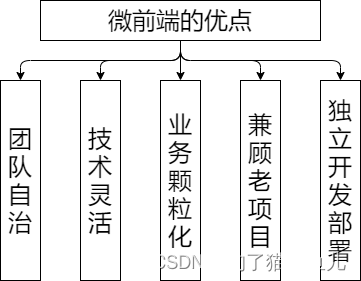
三、微前端示例
需求:做一个vue2的微前端,以vue2为主应用,其他技术栈为子应用。
step1:创建主应用(基座)
vue create main-app
step2:主应用安装qiankun
npm install qiankun
step3:创建main-app.js
// 1.要加载的子应用列表
const microApps = [{name: 'test-web', // 子应用名称entry: 'http://localhost:8081/', //子应用运行地址activeRule: '/test-web',//匹配的路由sanbox: true //解决css冲突},
]const apps = microApps.map(item => {return {...item,container: '#test-web', // 子应用挂载的divprops: {routerBase: item.activeRule // 下发基础路由}}
})
export default apps
step4:引入main-app.js
import Vue from 'vue'
import App from './App.vue'
import router from './router'
import store from './store'
Vue.config.productionTip = false
import { registerMicroApps, start } from 'qiankun';
import mainApp from './main-app'
// 2.注册子应用
registerMicroApps(mainApp, {beforeLoad: app => {console.log('before load app.name====>>>>>', app.name)},beforeMount: [app => {console.log('[LifeCycle] before mount %c%s', 'color: green;', app.name)}],afterMount: [app => {console.log('[LifeCycle] after mount %c%s', 'color: green;', app.name)}],afterUnmount: [app => {console.log('[LifeCycle] after unmount %c%s', 'color: green;', app.name)}]
})
// 3.启动微服务
start()
new Vue({router,store,render: h => h(App)
}).$mount('#app')
step5:配置主应用路由
在main-app/src文件夹下添加qiankun文件夹,并且添加index.vue文件作为入口文件
<template><div id="test-web"></div>
</template><script>
export default {mounted() {},
};
</script>
<style>
#test-web {width: 100%;height: 100%;
}
</style>
router.js
import Vue from "vue";
import VueRouter from "vue-router";
import HomeView from "../views/HomeView.vue";
import layout from '../views/qiankun/index.vue'
Vue.use(VueRouter);const routes = [{path: "/",name: "home",component: HomeView,},{path: "/about",name: "about",// route level code-splitting// this generates a separate chunk (about.[hash].js) for this route// which is lazy-loaded when the route is visited.component: () =>import(/* webpackChunkName: "about" */ "../views/AboutView.vue"),},{path: "/test-web/*",meta: 'test-web',component: layout}
];const router = new VueRouter({mode: "history",base: process.env.BASE_URL,routes,
});export default router;
step6:创建子应用
vue create sub-app
step7:修改子应用main.js
import Vue from 'vue'
import App from './App.vue'
import router from './router'
import store from './store'
//引入public-path.js
// import "../public-path";Vue.config.productionTip = false// new Vue({
// router,
// store,
// render: h => h(App)
// }).$mount('#app')// 判断是否在qiankun的运行环境下,非qiankun运行环境下单独运行
if (window.__POWERED_BY_QIANKUN__) {// eslint-disable-next-line no-undef__webpack_public_path__ = window.__INJECTED_PUBLIC_PATH_BY_QIANKUN__;
}let instance = null;
function render(props = {}) {const { container } = props;console.log(11111111111111, window.__POWERED_BY_QIANKUN__, '字段值')instance = new Vue({router,store,render: h => h(App),}).$mount(container ? container.querySelector('#app') : '#app', true); //开启沙箱
}if (!window.__POWERED_BY_QIANKUN__) {console.log('独立运行')render();
}function storeTest(props) {props.onGlobalStateChange &&props.onGlobalStateChange((value, prev) => console.log(`[onGlobalStateChange - ${props.name}]:`, value, prev),true,);props.setGlobalState &&props.setGlobalState({ignore: props.name,user: {name: props.name,},});
}// 各个生命周期,只会在微应用初始化的时候调用一次,下次进入微应用重新进入是会直接调用mount钩子,不会再重复调用bootstrap
export async function bootstrap() {console.log('111111111111 [vue] vue app bootstraped');
}
// 应用每次进入都会调用mount方法,通常在这里触发应用的渲染方法
export async function mount(props) {console.log('11111111111 [vue] props from main framework', props);storeTest(props);render(props);
}
// 应用每次切除/注销会调用的方法,在这里会注销微应用的应用实例
export async function unmount() {instance.$destroy();instance.$el.innerHTML = '';instance = null;
}
step8:注册子应用路由
<!--子应用页面代码-->
<template><div class="sub-app">我是子应用页面11</div>
</template><style lang="scss" scoped>
.sub-app {cursor: pointer;background-color: aqua;
}
</style>
import Vue from 'vue'
import VueRouter from 'vue-router'
import HomeView from '../views/HomeView.vue'Vue.use(VueRouter)const routes = [{path: '/',name: 'home',component: HomeView},{path: '/about',name: 'about',// route level code-splitting// this generates a separate chunk (about.[hash].js) for this route// which is lazy-loaded when the route is visited.component: () => import(/* webpackChunkName: "about" */ '../views/AboutView.vue')},{path: '/test',name: 'test',// route level code-splitting// this generates a separate chunk (about.[hash].js) for this route// which is lazy-loaded when the route is visited.component: () => import(/* webpackChunkName: "about" */ '../views/subapp/index.vue')},{path: '/testtwo',name: 'testtwo',// route level code-splitting// this generates a separate chunk (about.[hash].js) for this route// which is lazy-loaded when the route is visited.component: () => import(/* webpackChunkName: "about" */ '../views/subapp/two.vue')},
]const router = new VueRouter({mode: 'history',base: window.__POWERED_BY_QIANKUN__ ? '/test-web/' : '/',routes
})export default router
step9:修改vite.config.js
const { name } = require('./package.json')module.exports = {publicPath: '/', // 打包相对路径devServer: {port: 8081, // 运行端口号headers: {'Access-Control-Allow-Origin': '*' // 防止加载时跨域}},chainWebpack: config => config.resolve.symlinks(false),configureWebpack: {output: {library: `${name}-[name]`,libraryTarget: 'umd', // 把微应用打包成 umd 库格式// webpack5.0以上版本使用如下字段chunkLoadingGlobal: `webpackJsonp_${name}`}}
}
step10:修改引用主应用和子应用
主应用的App.vue添加如下代码
<template><div id="app"><div id="nav"><router-link to="/test-web/test">sub-vue1</router-link> |<router-link to="/test-web/testtwo">sub-testtwo</router-link> |</div><router-view /></div>
</template><style lang="scss">
#app {font-family: Avenir, Helvetica, Arial, sans-serif;-webkit-font-smoothing: antialiased;-moz-osx-font-smoothing: grayscale;text-align: center;color: #2c3e50;
}#nav {padding: 30px;a {font-weight: bold;color: #2c3e50;&.router-link-exact-active {color: #42b983;}}
}
</style>
step11:项目目录
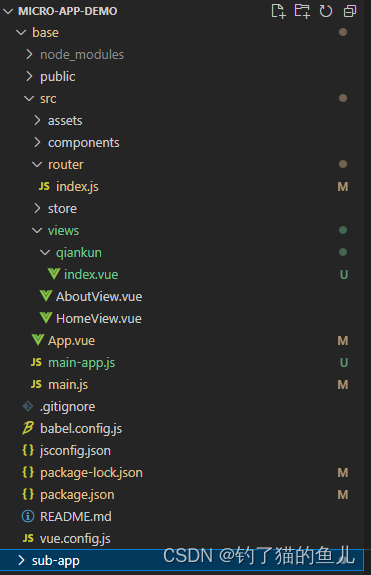

四、微前端的问题
样式隔离
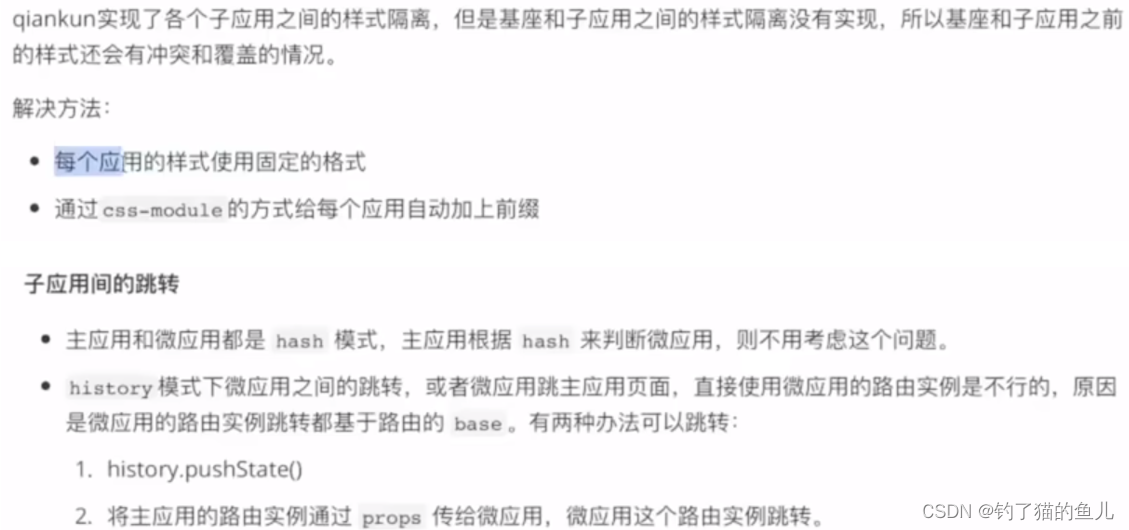
具体方案:在基座中复写并监听history.pushState()方法并做相应的跳转逻辑
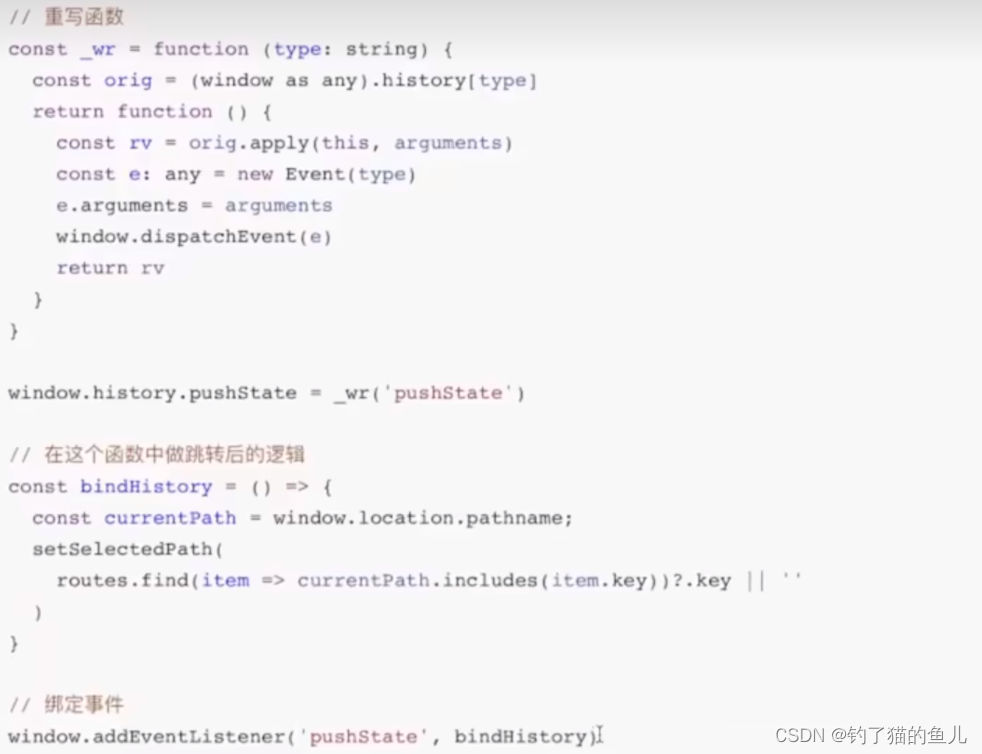
公共依赖加载
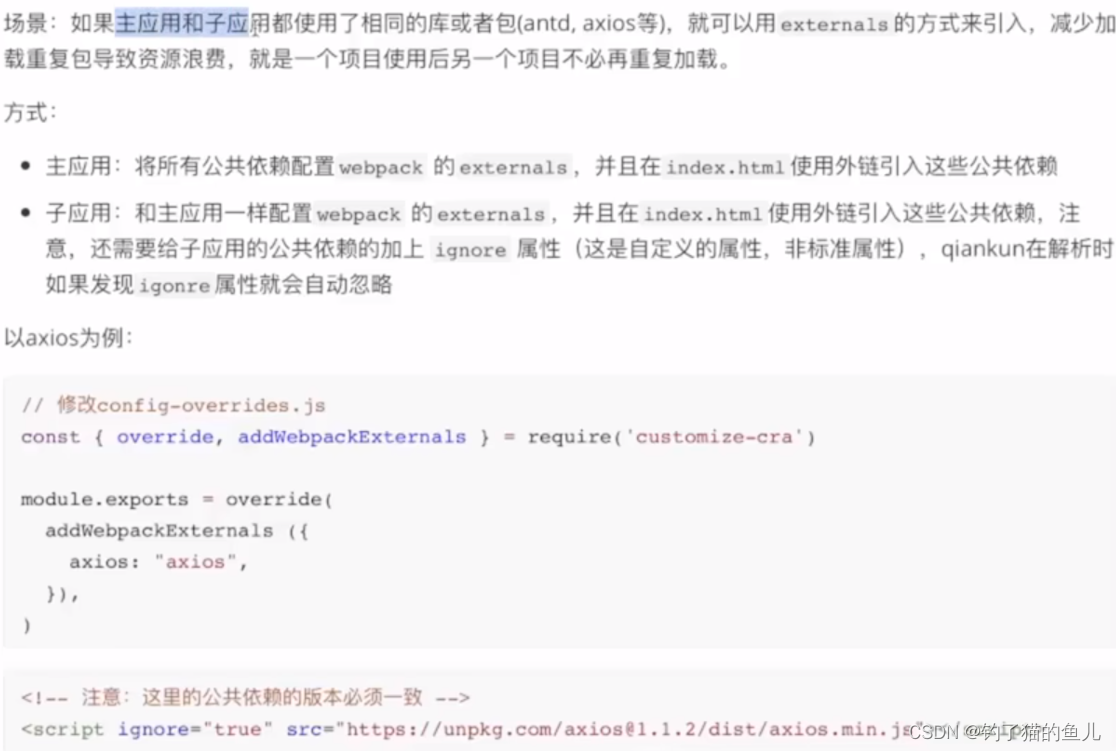
全局状态管理
一般来说,各个子应用是通过业务来划分的,不同业务线应该降低耦合度,尽量去避免通信,但是如果涉及到一些公共的状态或者操作,qinakun也是支持的。
qiankun提供了一个全局的GlobalState来共享数据,基层初始化之后,子应用可以监听到这个数据的变化,也能提交到这个数据。
